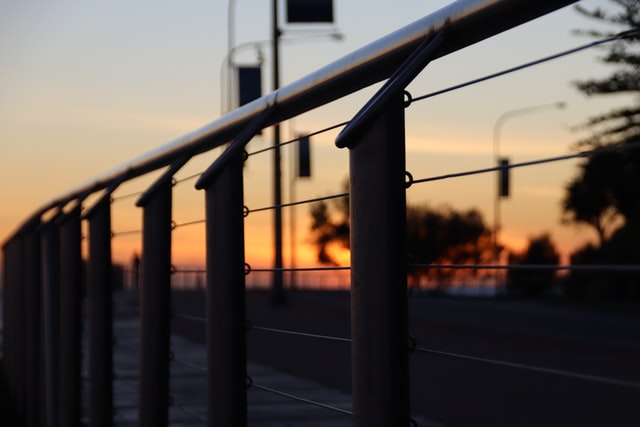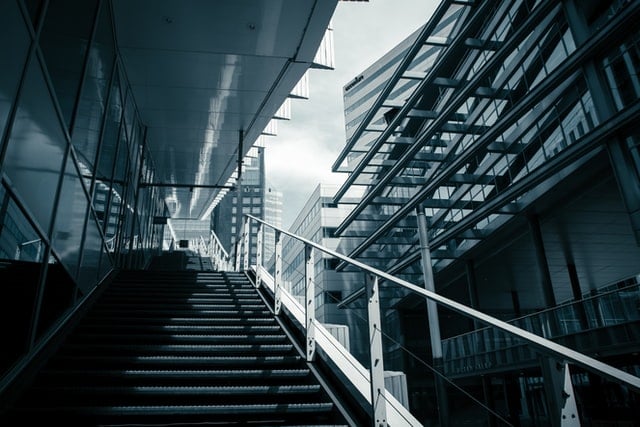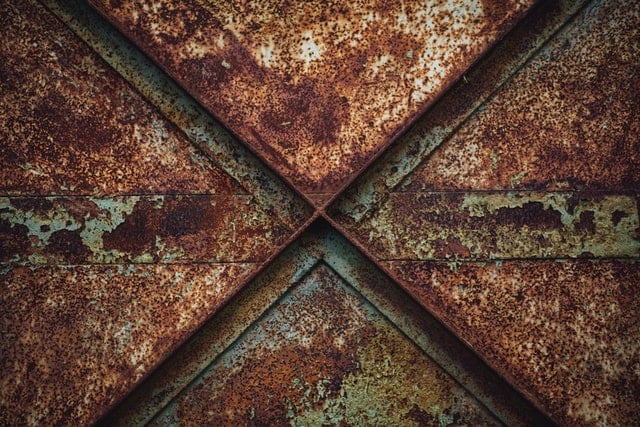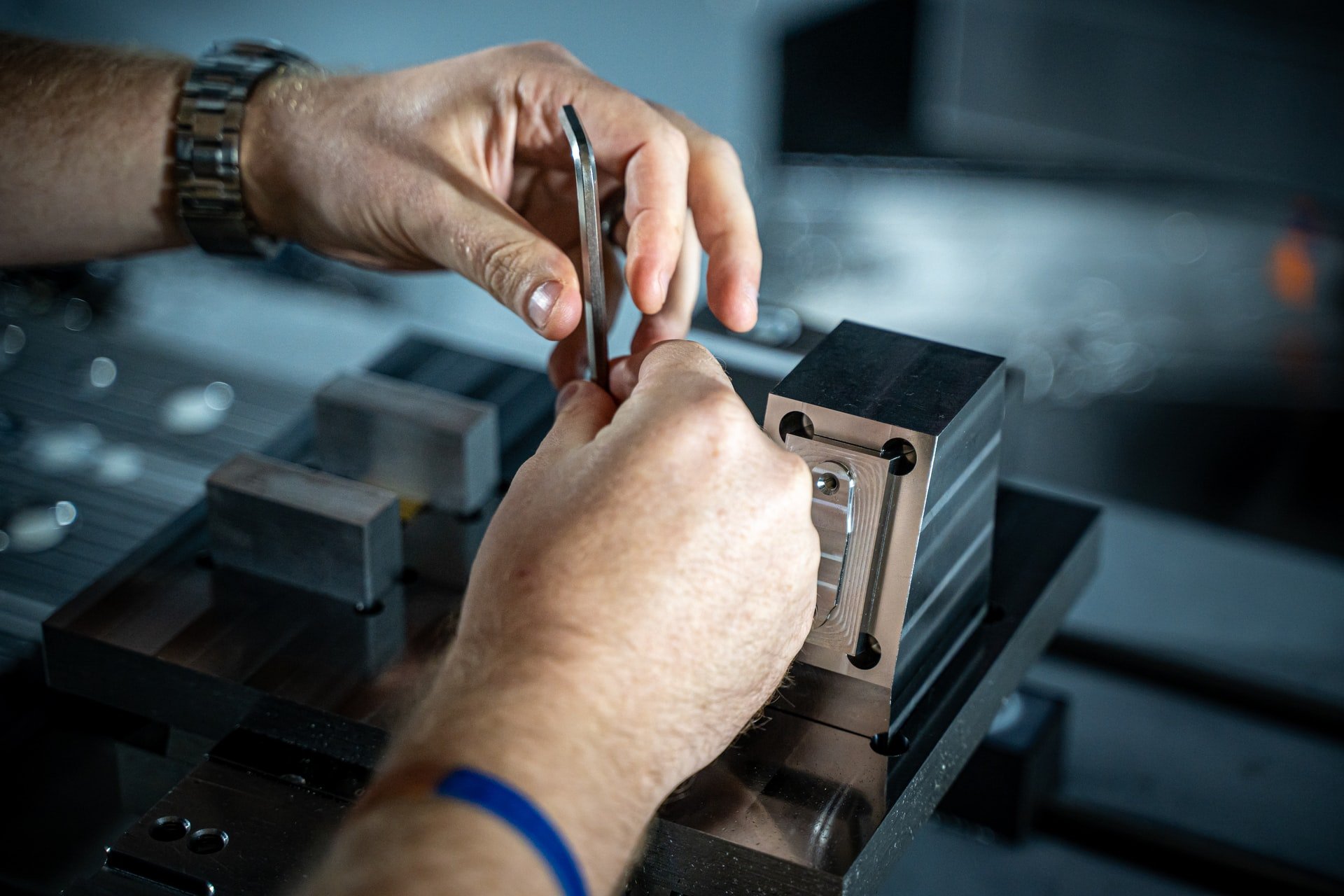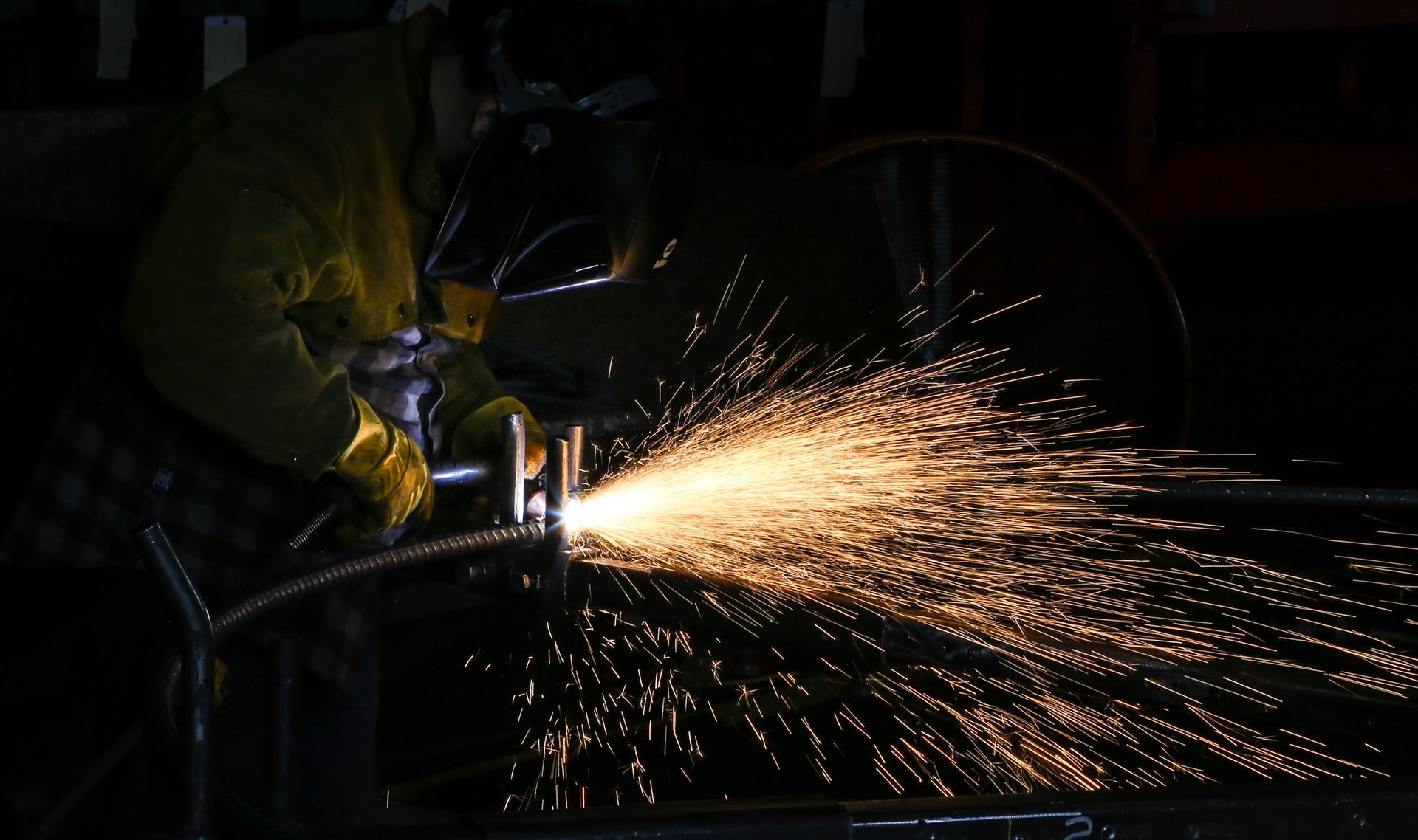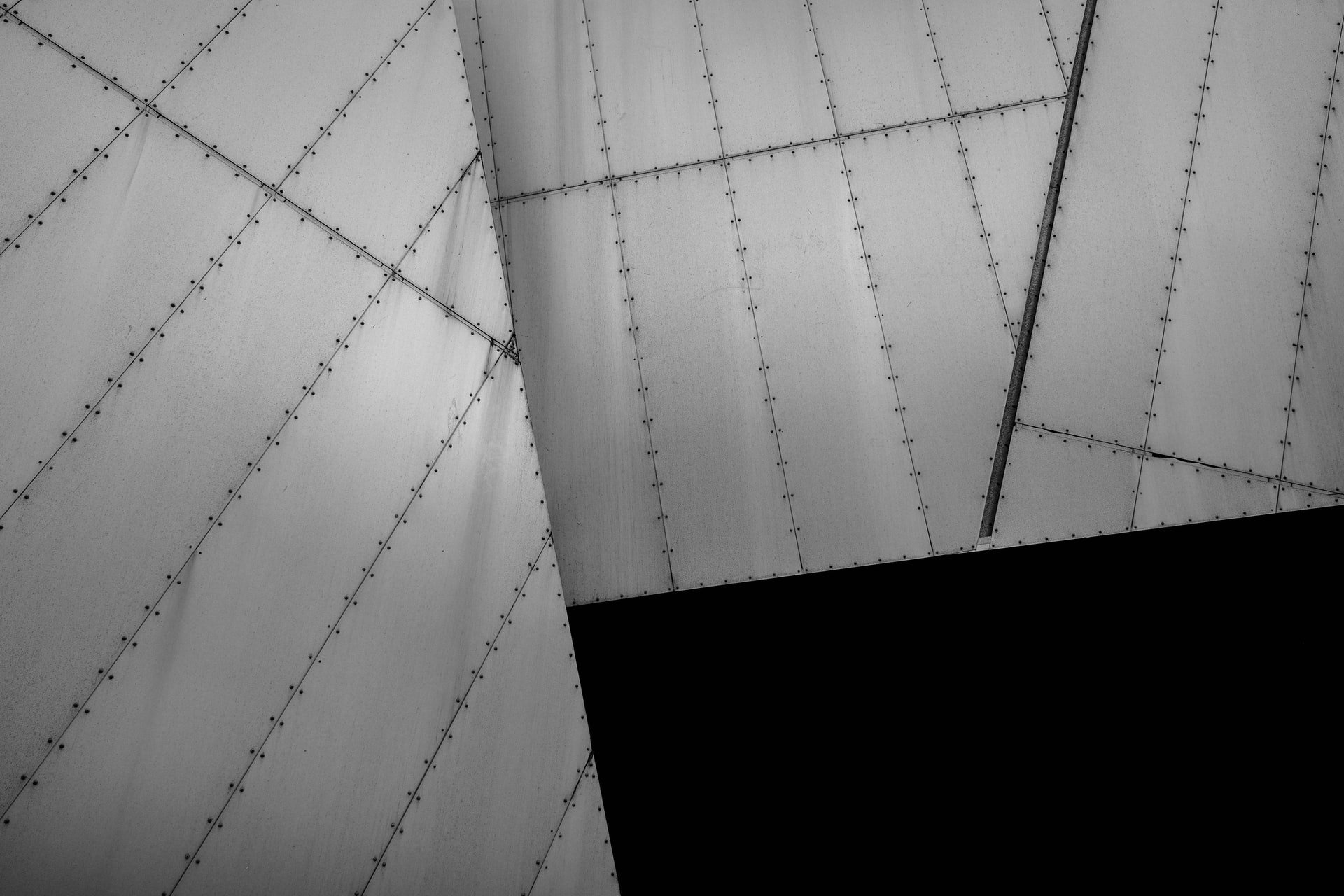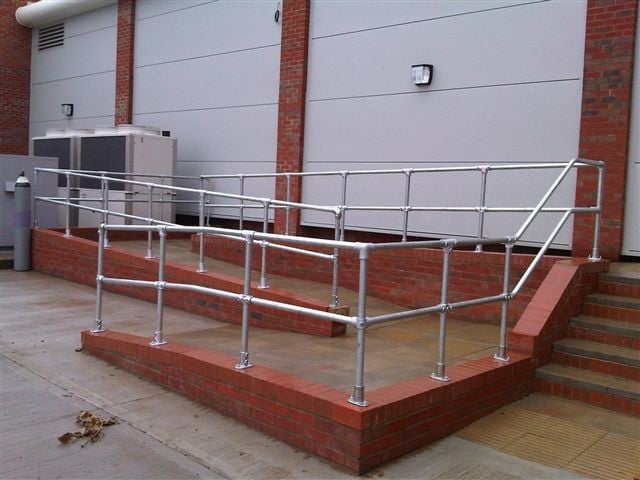
Metal barriers are found throughout the UK in a wide variety of places. Typically used in road construction and as safety measures, barriers help to limit crash damages, keep traffic flowing, and act as crowd control with pedestrians. How are they made? At GLW, we handle every step of the manufacturing and assembly process, from design to finalisation. Here's how we do it.

CAD
The first step is to design the bespoke barrier needed for the task at hand. Once the specifications and measurements for where the barrier will be installed have been received, CAD (computer-aided design) software will be used by an engineer to create a mock-up of how the barrier should look, fit, and work. Precise adjustments can be made to the 3D model for fittings, supports, and fastenings before the design is finalised. Once finished, the design measurements are sent for fabrication.
Material Selection
Most metal barriers are constructed from the alloy carbon steel, a tough, versatile variant of the metal. However, stainless steel, mild steel, brass, and aluminium are also used. Carbon steel is typically manufactured and sold in bulk. It is made from raw iron ore and another source of carbon, such as coal, off-site at a steel mill. It can be heat-treated after forging to increase strength and durability, making it an attractive choice for fittings designed to resist heavy impact.
Fabrication
The CAD design is then divided into specific parts. Plasma, laser, traditional saw, or waterjet cutting is used to cut the metal to the lengths needed. Both handheld, high-intensity flame cutting torches and larger, computer numerical control (or CNC) cutters are used to shape individual pieces to length. A barrier is usually relatively simple to cut - lots of equally sized, oblong bars that are to be attached into a rectangular frame with small, square feet. Chiselling and shearing can be used to finalise the cuts. After that, bending machines such as press breaks can create any curved pieces to the shape and angle required.
Assembly
Once the parts are finished, they are then welded, glued, slotted, or riveted together. Welding is the most common technique used. The intense heat generated by gas or electricity is used to fuse the different parts.
Finalisation & Coating
Once in the correct shape, treatments are applied to the barrier. Processes such as powder coating, grit blasting, or hot zinc spraying are undertaken to increase the durability and strength of the barrier, or for aesthetic reasons.
Installation
The finished barrier is then shipped to the customer, ready to be bolted into place. As it's been entirely prefabricated, installation is usually quick, unobtrusive, and hassle-free.
Delivery In Two Weeks…
The time taken from commissioning the barrier from a completed CAD mock-up to having it in place is around two to four weeks, on average. The manufacturing timespan can vary enormously depending on the complexity, volume, and amount of post-fabrication processes your piece(s) will need to go through. Get in touch to discuss your project and delivery requirements in more detail.




